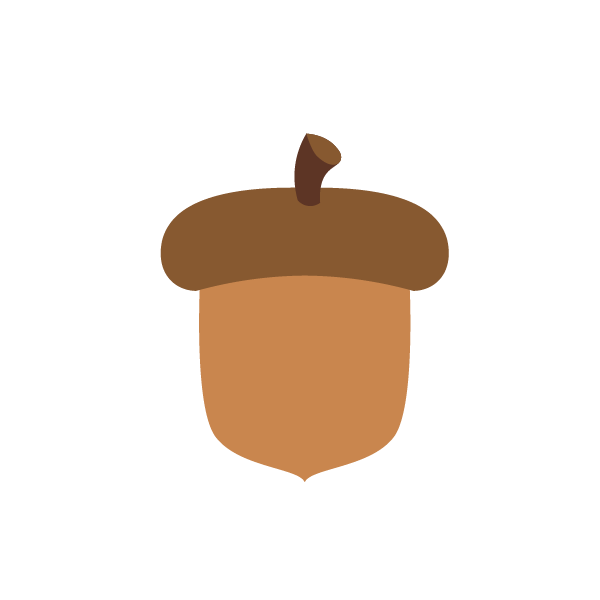Seed Dispersal by Wind
Seed dispersal is the process where a plant's seeds are moved away from the parent plant. There are many ways that this can happen, but one of the most common is by wind. When the wind blows, it can carry the seeds far away from the parent plant. This is important because it helps the plant to spread its offspring to new areas.
Types
There are two types of seed dispersal by wind: passive and active. Passive dispersal happens when the wind blows the seeds around and they eventually land somewhere. The seeds might land in a place that is not ideal for germination, which is why passive dispersal is not the most effective way for plants to reproduce. Active dispersal happens when the seeds are actually designed to be carried by the wind. The seeds have special features, like wings or parachutes, that help them travel long distances. Active dispersal is much more effective than passive dispersal because the seeds are more likely to land in a place that is ideal for germination.
Advantages
Seed dispersal by wind has many advantages. One advantage is that it can help plants move to new areas. This is important because it can help plants find new places to grow. Another advantage is that it can help plants avoid being eaten by animals. This is because animals can’t eat what they can’t find. Wind can also help to pollinate plants. This is when the pollen from one plant fertilizes the eggs of another plant.
Disadvantages
One disadvantage of seed dispersal by wind is that it can be difficult for the seeds to find a suitable place to land and grow. If the seeds land in an area that is too wet or too dry, they will not be able to germinate and grow into new plants. Additionally, if the seeds land in an area with too much competition from other plants, they may not be able to get the sunlight and nutrients they need to grow.
Conclusion
Seed dispersal by wind is a process that helps plants to spread their seeds. The wind carries the seeds away from the parent plant and deposits them in a new location. This process is important for the survival of plants because it allows them to reproduce and create new generations.
